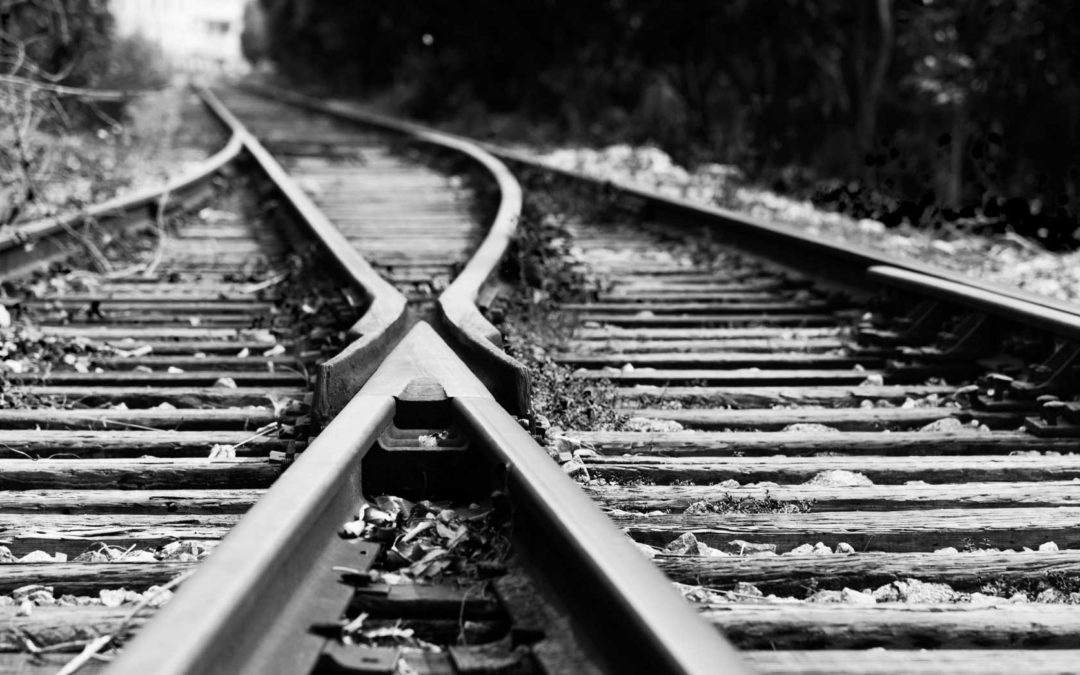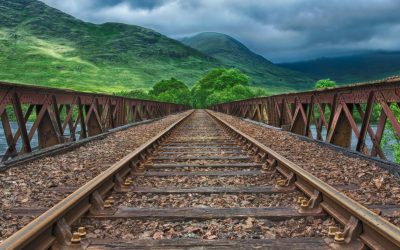Our world relies on rail to transport people and things all over the country. That’s why uptime is critical to our infrastructure and your business reputation and profits. Choosing the best track tools and materials for efficient and smooth operations is an important step that your business can take. Here’s our quick guide to stocking your rail maintenance toolkit with tools and materials.
Choosing the best track tools
Different tools are needed for track building, compared to track maintenance. Here are a few of the maintenance tools you’ll want to have on hand:
- Auger – for drilling holes
- Beater cum pickaxe – to pack ballast under sleepers
- Cant boards – to check cant on curves
- Claw bar – to remove spikes from sleepers
- Hammer – for driving spikes
- Jacks – to lift track
- Porarah – for even spreading of ballasts
- Rail bender – to bend rail into position as needed
- Rail Tongs – to lift rails
- Railguage – to ensure proper spacing between rails
- Shovels – for handling ballast
- Sledgehammer and chisels – for cutting rails
- Sleeper tongs – for lifting sleepers
- Spanner – to fix fish bolts
- Spirit Level with a straight edge – to maintain cross levels
- Wire claws – for clearing the ballast
Choosing the best track tools and materials
Good quality track materials can help increase track-up time and decrease maintenance requirements. Here are some of the best materials to choose from:
Tee Rails:
You can buy these by the piece, foot or per net ton. At NARP, you can purchase these new or used rails (called relay rails) and scrap tee rails to meet your every need.
Crane Rails:
These rails are preferred over tee rails for light rail (LRT) or tramway operations to help your line run smoothly. At NARP, crane rails come in a variety of sizes.
Switch Stands (or switch controls):
These require a human operator to switch tracks between positions manually. You can purchase these new in many different styles or ask about relay or reconditioned switch stands for a discounted price.
Switch or Connecting Rods:
Both are available in varying lengths and brand new or relay.
Turn-Outs and Switch Components:
You may also know these as switch point protectors, switch points, switch rails, or point rails. They are used to help your rail equipment move between tracks. Choose between new, relay, and reconditioned.
Tie Plugs:
When replacing your ties, these specially designed pieces of wood are used to plug the holes. Modern rail demands now require these tie plugs to replace spikes when filling and fastening cross ties. NARP only sells new tie plugs.
Pandrol Clips (or rail fasteners):
When used with Pandrol plates, these help minimize track installation time and provide a much lower maintenance cost (compared to outdated rail fastening systems.
Derail:
When you need to prevent movement of the car or train beyond a fixed point, you’ll require a derail. When delivered to you, they are defaulted to the “On” position for safety. Portable derails are reusable. They can be moved to new sections of the railway anytime.
Hook Twin Tie Plates:
These are installed behind the switch heels, guard rails, and for frogs. Their versatile design makes them ideal for most rail sections. Look for ones with pre-drilled holes to hook into the tie plates.
Adjustable Rail Braces:
This unique product adjusts for various uses. They’re quick and easy to modify, saving you time and money on maintenance and service.
Rail Anchors:
To prevent the longitudinal movement of rails, install rail anchors. The four most commonly used rail anchors include Improved Fair, XL-1, EXI, and Unit Anchors.
Fish Plates, Splae Bars, Joint Bars, Crane Rail Plates, and Compromise Bars:
These track materials are used for either tee rai or crane rail applications to help ensure a safe and continuous rail line.
Pandrol Plates:
These are ideally used with Pandrol fasteners and clips.
Other ways to keep your track tools running safely and efficiently
In addition to using quality materials, here are other ways to keep your track running smoothly
- Regular maintenance: Keep a weekly, monthly, or annual checklist of components that should be checked to check for good working order. Many of these components require sending a maintenance staff member to look at in person.
- Choose materials for their intended use: If your tracks are for high-speed trains, your material needs may be different than for LRT lines. Be sure to check the specifications of any materials you purchase and ask the sales representative for details if unsure.
- Always know your rail size: This will be particularly necessary when purchasing bolts and other components to ensure compatibility and best fit.
- Be mindful of weather: Weather conditions can make track components expand and contract, potentially damaging the components or trains. Increase maintenance during seasons of extreme weather.
- Get custom when necessary: Sometimes, getting a custom-sized or shaped component can increase the safety and reliability of your unique rail line. Always take accurate measurements and talk to a sales representative about necessary custom parts.
- Be mindful of accessories needed: Even though you may only need tee rails, consider what other components you may require so they can be carefully planned to ensure maximum reliability and compatibility.
Where to get the best rail products, track tools and services
North American Rail Products sells rail and rail material from in-stock or custom-made. We sell both new, reconditioned, and relayed materials from the ballast up.
Our service and manufacturing centres are located throughout North America, so we can ship your order anywhere in North America or overseas. Our knowledgeable sales staff can help you pick the best individual or compatible products you need to build and maintain a reliable and safe rail system.
Contact us to find out more about these and other rail products we carry and manufacture.




